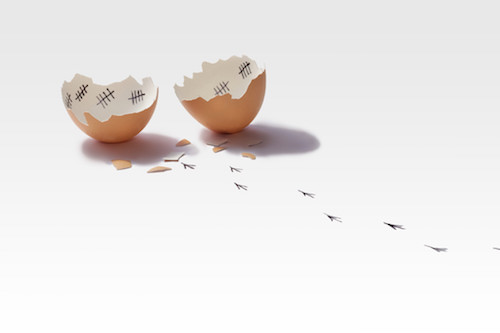I have heard many variations of it as an undergraduate: the study of letters is a solitary one. This kind of observation is usually offered by exasperated professors to stunningly silent classrooms. It is perhaps some romantic holdover of the image of the isolated artist.
Alas, it is a strangely persistent myth: writers, readers, and lovers of the literary arts are isolated figures in dim, book-laden rooms, pulled deeply into the world of language—blissfully shuttered from the physical world around them. And yet, anyone who has taken a look into the world of book publishing will become keenly aware that the truth is the opposite. The world of letters is a bustling, interpersonal hub that relies on the breadth and depth of one’s personal connections to create a work of great art.
How this manifests may not be obvious. At first glance, community building appears more immediately relevant to some publishing departments than others, and we might make the mistake of dismissing the communications aspect as the formal, “business” side of the industry. The most obvious examples of this would be the marketing and social media departments. It would be an oversight to see interpersonal connection solely as a means to commercialization and discount the larger role it has in the industry as central to creation and distribution.
Take, for example, the acquisitions department, which is by and large a focused effort to engage the community while considering both the creative and distributive. First and foremost, they get to know the community of writers and readers. A good acquisitions editor will have a strong sense of the community and its interests in order to cater toward its literary appetite, but they must also know the actual community to find its proper literary representatives. Author and literary agent Chip MacGregor echoes this idea when he urges editors to “understand that most good acquisitions editors are actively going out to hunt down authors and projects and ideas—not just sitting in an office and reacting to what’s sent to them.”
This position is doubly defined by its communities on both ends—by knowing and engaging the community of writers and by understanding the collective goal of the publisher in acquiring manuscripts. At Ooligan, this manifests as a specific attempt to promote the representative voices of the Pacific Northwest. If a publishing house is a reflection and a progression of its communal values, the acquisitions department is the bridge to those values. In turn, this position directly affects the ability of the editorial department to hone in on the publisher’s vision.
Developmental editors, on the other hand, may occupy a more deeply complex relationship with an author. The editor must help the author express their art as truly as they can while balancing the vision of the publisher. And, like any intimate relationship, it is not always easy, nor quick and painless. Having been involved with creative editing and artistic development, I can affirm it is infinitely rewarding to see the fruition of all that labor and patience when at the end. One caveat to this point should be clear: some relationships should end. In the professional world, authors don’t always stay with their original editors, and that’s okay, but it reaffirms the importance of having a keen acuisitions department. The pitch is what ultimately convinces the editors that all their hard work will be worth the final manuscript.
If this seems like a disappointment to the hermit-in-training, the kind of reader who barricades their front door with towers of paperbacks, it may be some solace to see the bigger picture. The publishing community continues that wonderful, deep exploration of letters and craft. When all the talking and networking has been done, and the manuscripts have been tidied and bindings bound, we may return to our ever-growing stock of literature in the company of our felines and favorite drinks, which talk less than people.

